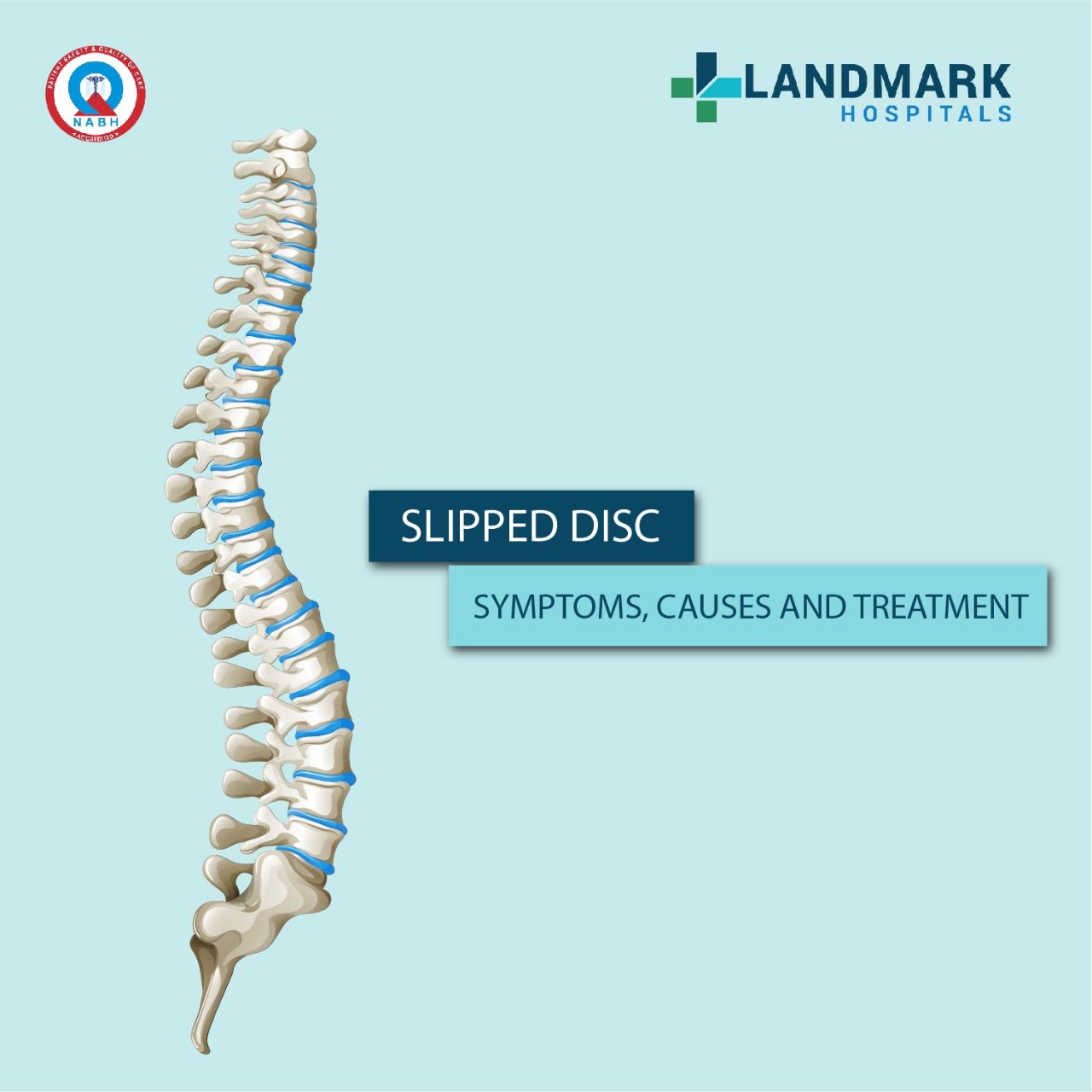
A slipped disc is the point at which a delicate cushion of tissue between the bones in your spine pushes out. It’s difficult in the event that it goes ahead nerves. It normally shows signs of improvement gradually with rest, delicate exercise and painkillers. In other words, breaking of the tissue that isolates the vertebral bones of the spinal section.
The central point of the disc, which is known as the nucleus, is delicate, springy and gets the stun of standing, strolling, running, and so on. The external ring of the disc, which is known as the annulus, gives structure and solidarity to the disc. The annulus comprises of an unpredictable arrangement of joined layers of fibrous tissue that hold the core setup.
A slipped disc is otherwise called a herniated disc. The expression “slipped disc” originates from the activity of the atomic tissue when it is constrained from the focal point of the disc. The atomic tissue situated in the focal point of the disc can be set under so much weight that it can make the annulus crack. At the point when a disc herniates or cracks, it might make weight against at least one of the spinal nerves which can cause torment, shortcoming or deadness in the region of the body served by those nerves. Different names for slipped discs are prolapsed and burst discs.
Your spinal segment is comprised of a progression of bones stacked onto one another. Start to end, the section incorporates seven bones in the cervical spine, 12 in the thoracic spine, and five in the lumbar spine, trailed by the sacrum and the coccyx at the base. These bones are cushioned by discs. The discs ensure the bones by engrossing the stuns from day by day exercises like strolling, lifting, and twisting.
Each disc has two sections: a delicate, coagulated internal part and an intense external ring. Damage or shortcoming can make the internal bit of the disc jut through the external ring. This is known as a slipped, herniated, or prolapsed disc. This causes torment and inconvenience. On the off chance that the slipped disc packs one of your spinal nerves, you may likewise encounter numbness and torment along the influenced nerve. In serious occurrences, you may expect medical procedure to evacuate or fix the slipped disc.
You can have a slipped disc in any piece of your spine, from your neck to your lower back. The lower back is one of the more typical zones for slipped discs. Your spinal segment is a multifaceted system of nerves and veins. A slipped disc can put additional weight on the nerves and muscles around it.
Manifestations of a slipped disc include:
A slipped disc happens when the external ring winds up frail or torn and enables the inward part to slip out. This can occur with age. Certain movements may likewise cause a slipped disc. A disc can slip strange while you are curving or swinging to lift an item. Lifting an expansive, substantial item can put incredible strain on the lower back, bringing about a slipped disc. On the off chance that you have an all around physically requesting employment that requires a ton of lifting, you might be at expanded hazard for slipped discs.
Overweight people are likewise at expanded hazard for a slipped disc on the grounds that their discs must help the extra weight. Powerless muscles and an inactive way of life may also add to the improvement of a slipped disc.
As you get more older, you are bound to encounter a slipped disc. This is on the grounds that your discs start to lose a portion of their defensive water content as you age.
Underneath the waistline, the spinal line isolates into a gathering of individual nerves, by and large called the cauda equina or “horse’s tail.” In uncommon cases, a herniated disc can pack this whole arrangement of nerves.
This can cause perpetual shortcoming, loss of motion, loss of inside and bladder control. On the off chance that this happens, crisis surgical procedure is the main choice.
Look for restorative exhortation if:
Medications for a slipped disc run from moderate to surgical. The treatment regularly relies upon the dimension of inconvenience you’re encountering and how far the disc has slipped strange.
Many people can ease slipped disc torment utilizing an activity program that extends and reinforces the back and encompassing muscles. A physical advisor may suggest practices that can reinforce your back while diminishing your torment.
Assuming control over-the-counter pain relievers and staying away from truly difficult work and agonizing positions can likewise help.
While it might entice avoid all physical movement while you’re encountering the torment or inconvenience of a slipped disc, this can prompt muscle shortcoming and joint stiffness. Rather, attempt to stay as dynamic as conceivable through extending or low-pressure exercises, for example, strolling.
In the event that your slipped disc torment does not react to over-the-counter medicines, your specialist may endorse more grounded drugs. These include:
Your specialist may prescribe medical procedure if your indications don’t calm down in about a month and a half or if your slipped disc is influencing your muscle work. Your specialist may evacuate the harmed or distending segment of the disc without expelling the whole disc. This is known as a microdiscectomy.
In progressively extreme cases, your specialist may supplant the disc with a artificial one or expel the disc and wire your vertebrae together. This methodology, alongside a laminectomy and spinal combination, adds security to your spinal segment.